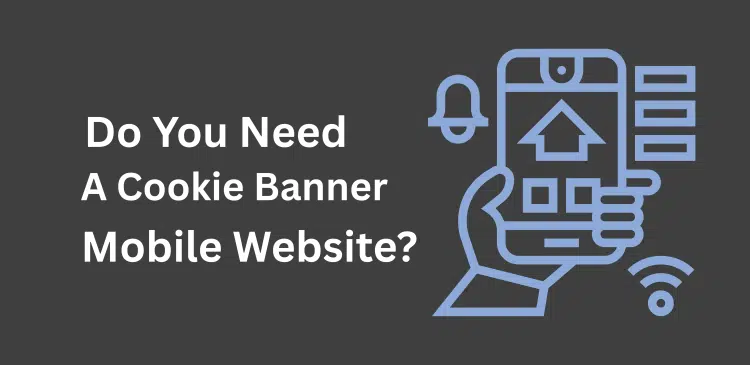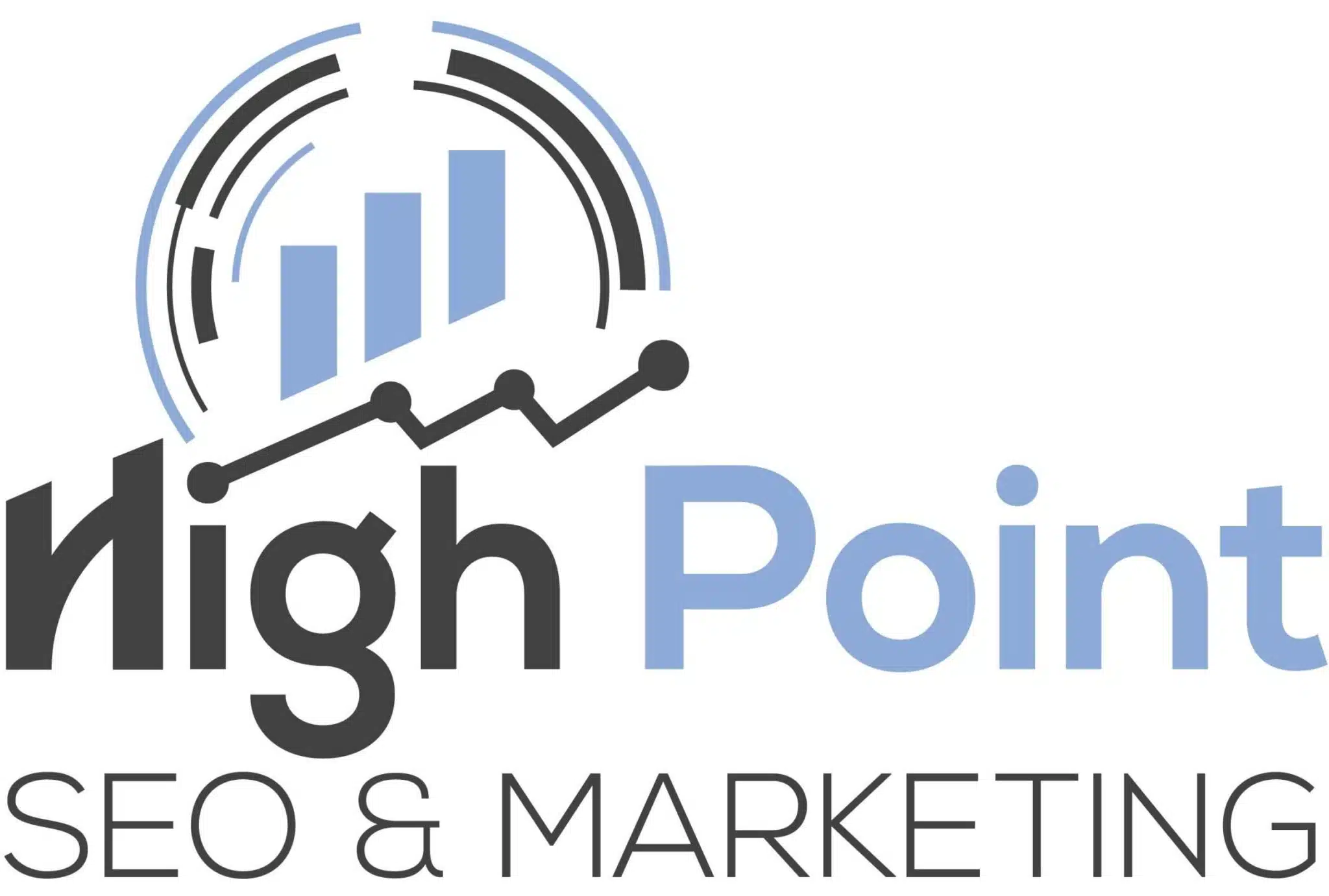Do You Need a Cookie Banner on Mobile Website?

The safety of internet users and their data has become very important as the internet has grown. Since GDPR and CCPA came into effect, websites are required to tell users about how they use their personal data. A cookie plan or a cookie message that is easy to recognize is one tool that can be used for this. But do they need to be on a mobile site? Let’s look into this question.
Understanding Cookies
What Are Cookies?
Cookies are small text files installed on the user’s terminal equipment on the internet browser when the user visits a site. They are used for several reasons including archiving login details, monitoring uses and even adapting within the content that is to be displayed. Although they serve as innovations for improving the exposure of user experience, they also entail privacy issues that have been experienced.
Types of Cookies
Persistent/Session Cookies: Cookies that are stored on the user device until the time the browser is closed.
Persistent Cookies: Remain on the device for a set period.
First Party Cookies: They are cookies set by the website the user is accessing and are commonly used for ease of operations.
Third-Party Cookies: These cookies are those which are set by a third party different from the website you are currently surfing. They are generally used for advertising purposes.
Regulatory Requirements
GDPR and CCPA
The GDPR that started applying in the EU and the CCPA that applies to the California province require website visitors to be informed on data being collected and give their consent. That is where cookie banners come in handy.
Consent and Transparency
Informed consent is a key focus of both regulations. A user simply needs to understand what information they are providing and how it will be utilized. Cookie banners provide users with the opportunity to stay informed and choose whether to accept or decline cookies.
Cookie Banners on Mobile Websites
Legal Compliance
GDPR and CCPA are not mere formalities but an act of building trust with the customers and users. Indeed, the cookie banner enables the mobile websites to meet these regulations and avert future drawbacks such as fines and legal cases.
Enhanced User Trust
Transparency of the data collection procedures helps in building trust. It can be stated that users prefer web sites that do not exploit their personal information and have policy information completely.
Improved User Experience
Some people may find cookies as an intrusion; however, cookie banners can be used to provide more choices to consumers. For those who do not want to share information, it is possible to do it, and for all the others it is possible to set options.
Challenges and Considerations
Design and User Experience
Concerns about cookies often arise from their tendency to disrupt the user experience. This interruption can be particularly pronounced when accessing websites on smaller screens, like those of smartphones. Creating a banner that effectively informs while remaining engaging is crucial.
Best Practices for Mobile Cookie Banners
Simplicity: The banner has to be as simple as possible as it is minimalistic.
Clear Options: The offered options must be comprehensible and easily understandable by the users.
Minimally invasive: Place the banner in such a way that it will not cover useful information.
Technical Implementation
It is therefore very important to ensure that these cookie banners are well implemented on the mobile sites. It has to be fit in the page, but also to ensure it is equally well fitted to any computer, tablet, phone and any other devices.
Responsive Design
Scalable Elements: Use scalable fonts and buttons.
Responsive: Make sure the banner has been created with different size restraints in mind.
User Engagement
Thus, ineffective cookie notice, which actually should serve as the initial step in obtaining user’s consent and agreeing upon conditions of future cooperation, can result in user irritation and increased bounce rate. Users that are targeted are affected when the interface designers achieve the optimal balance between compliance and utility.
Strategies for Engagement
Inform the audience: Explain to the users what cookies are and their general function.
Offer Control: Requires the control and modification of cookies that a user wishes to use.
Alternatives to Cookie Banners
There are other ways of achieving this goal that do not necessarily have to involve cookie banners.
Privacy Policies
Cookie banners can be replaced by a conspicuous general policy covering cookies and other similar technologies. It contains specific data on facts and procedures related to data collection as well as the user’s rights.
Benefits of Privacy Policies
Comprehensive Information: Provides broad information specifics on usage of data.
Single Point of Reference: There is a single document which contains a summary of all the privacy policies.
Consent Management Platforms (CMPs)
CMPs are applications that assist in the management of cookies and any other similar technologies used in data collection from users. It can make work easier while at the same time checking on compliance issues.
Features of CMPs
Automated Consent Collection: The system should also make it easy to get consent of clients.
Flexible: Allows the consent of options as per the choice of the user.
Future Trends
Evolving Regulations
It is possible for the requirements of cookie banners to change as more data privacy regulations improve. Thus, it is pertinent that an individual is aware of these changes that occur from time to time for him or her to be on the right side of the law.
Technological Advancements
Probably a range of approaches will be applied to the new technologies due to machine learning and artificial intelligence for appropriate management of user’s consent with reference to privacy.
Potential Innovations
Consent Management: Consists of the methodology that involves consent to be managed through an AI-based technique.
Enhanced User Interfaces: Develops more intuitive and user-friendly consent interfaces.
